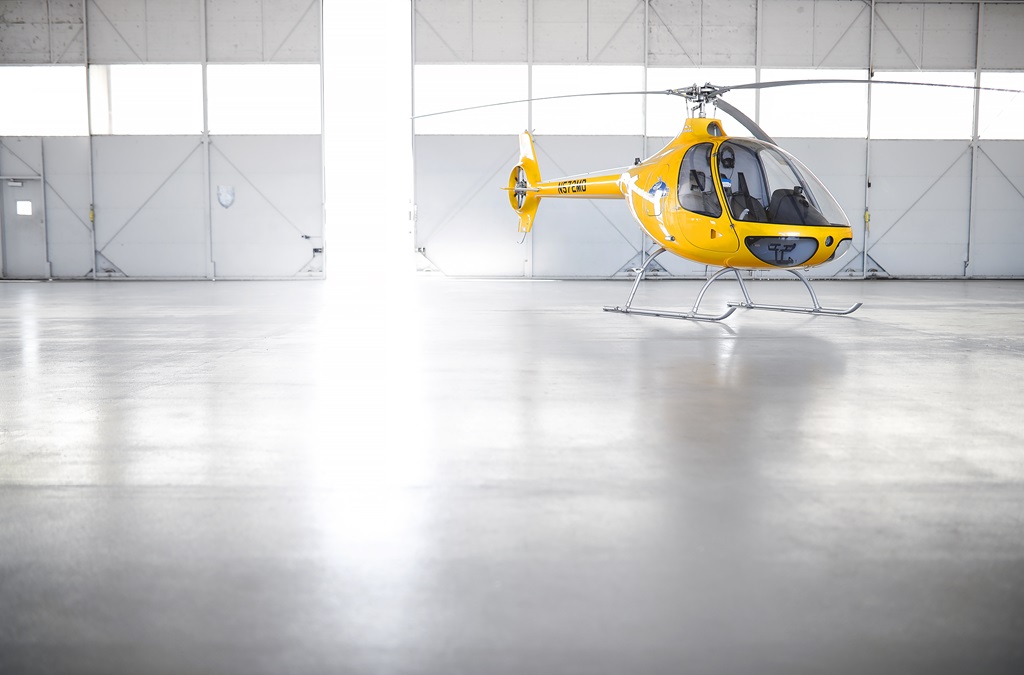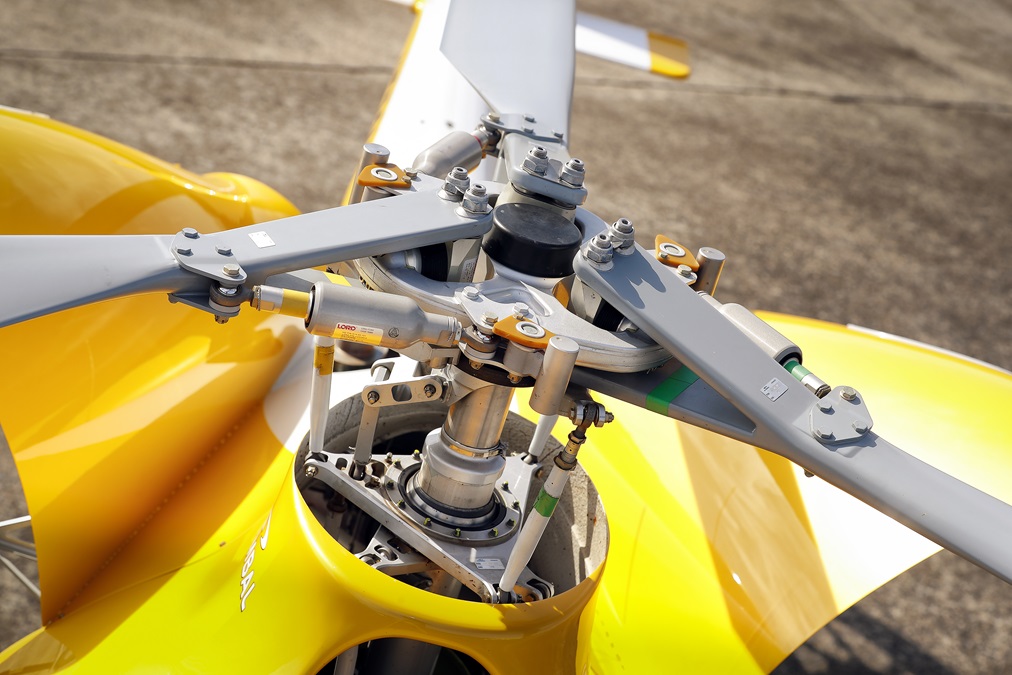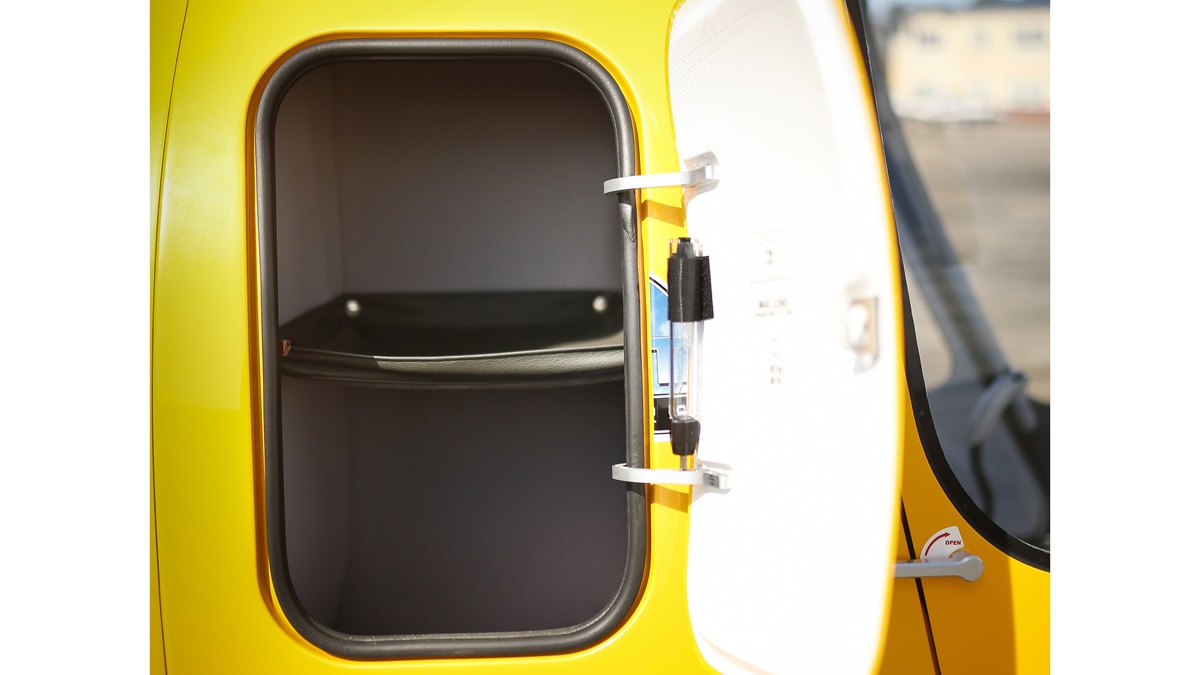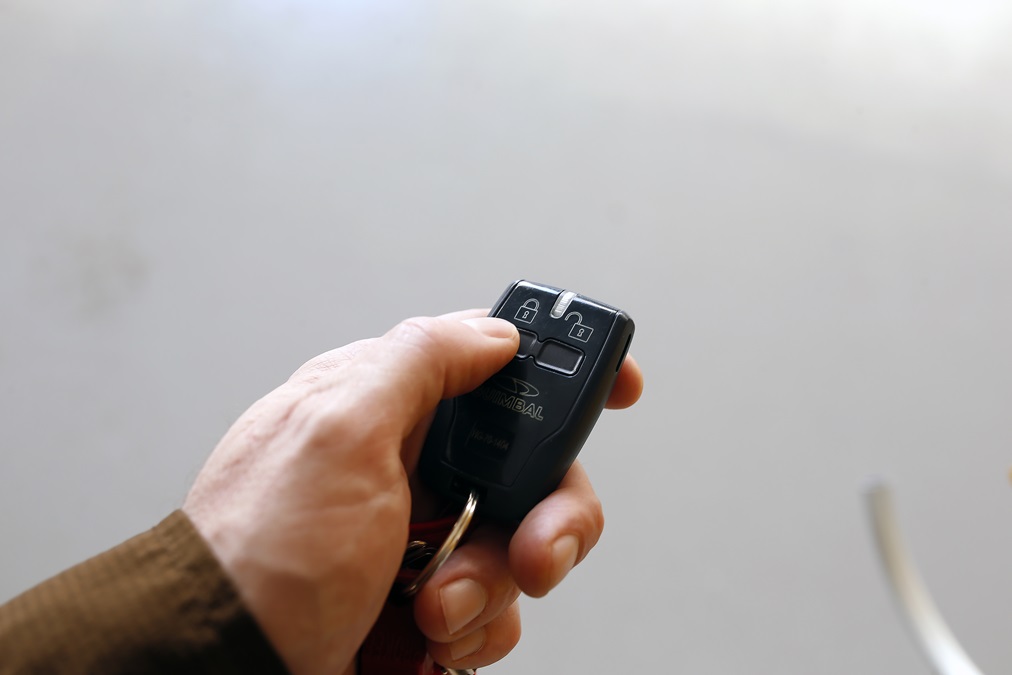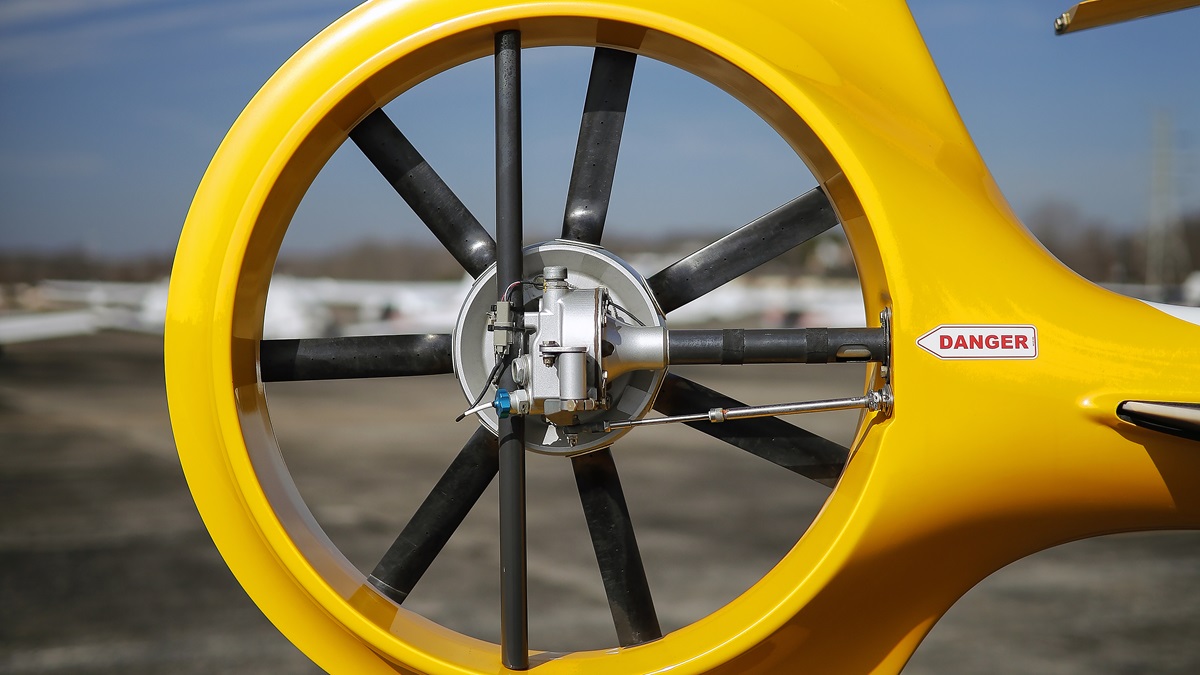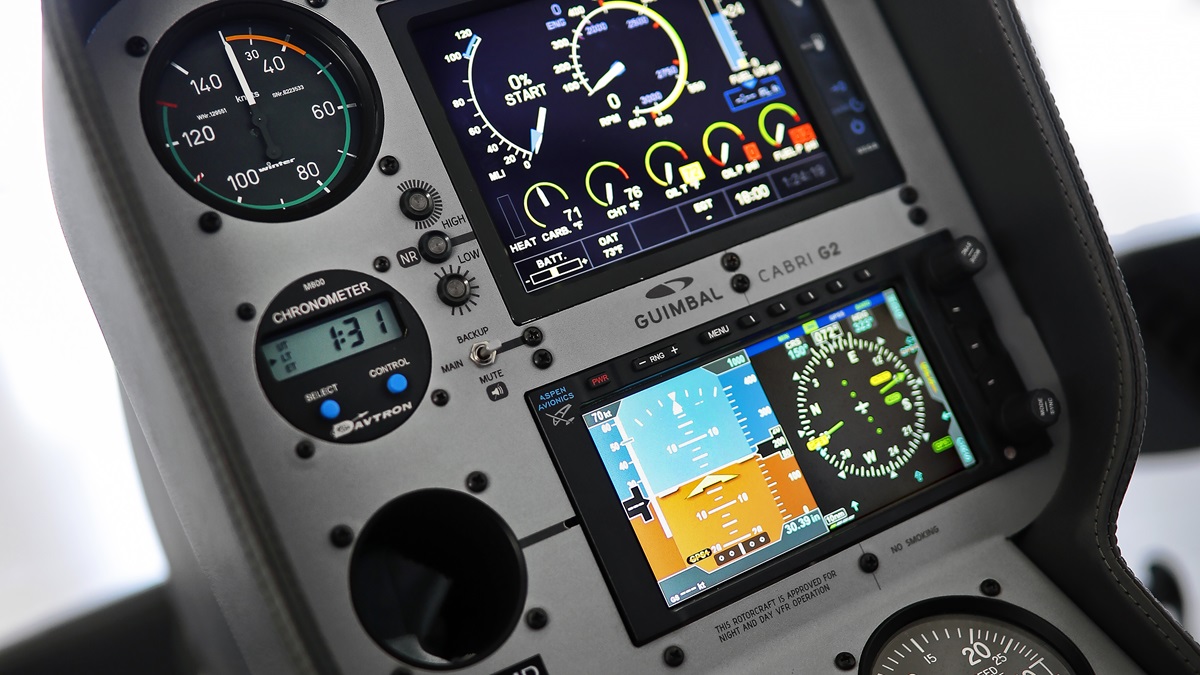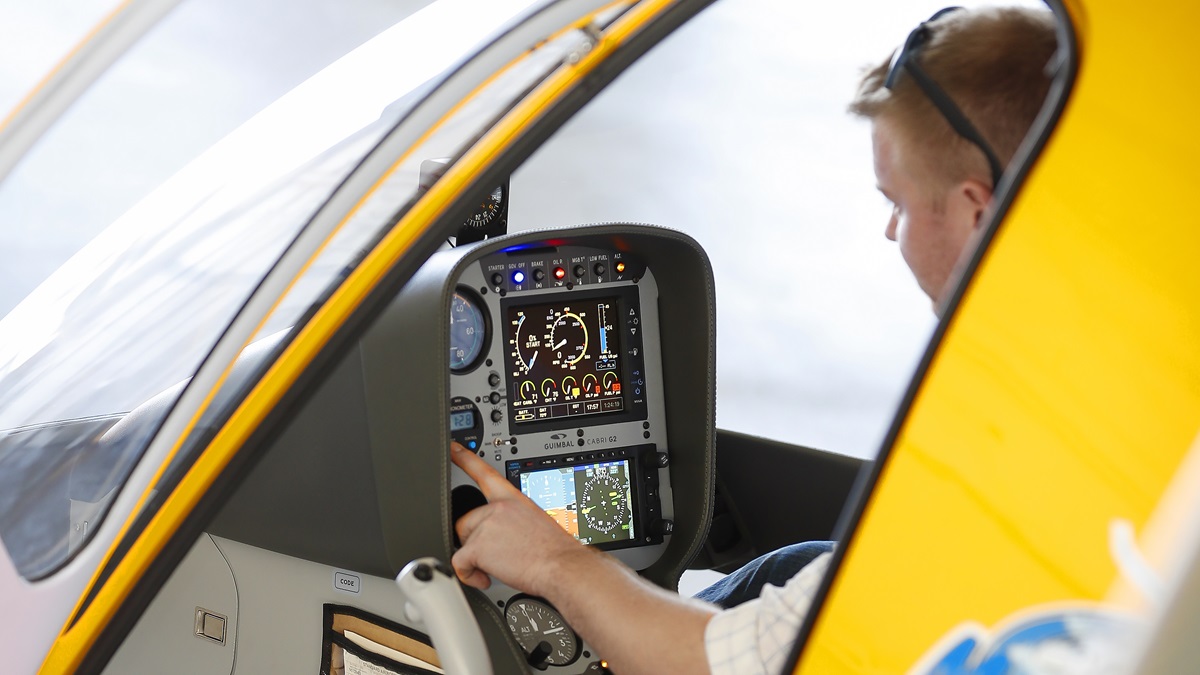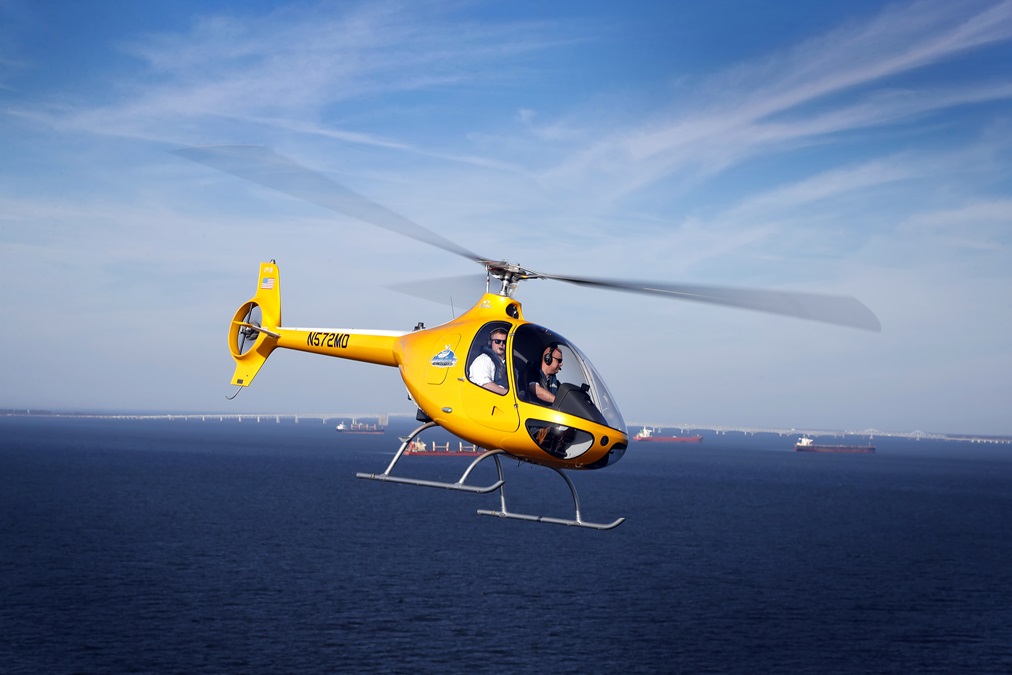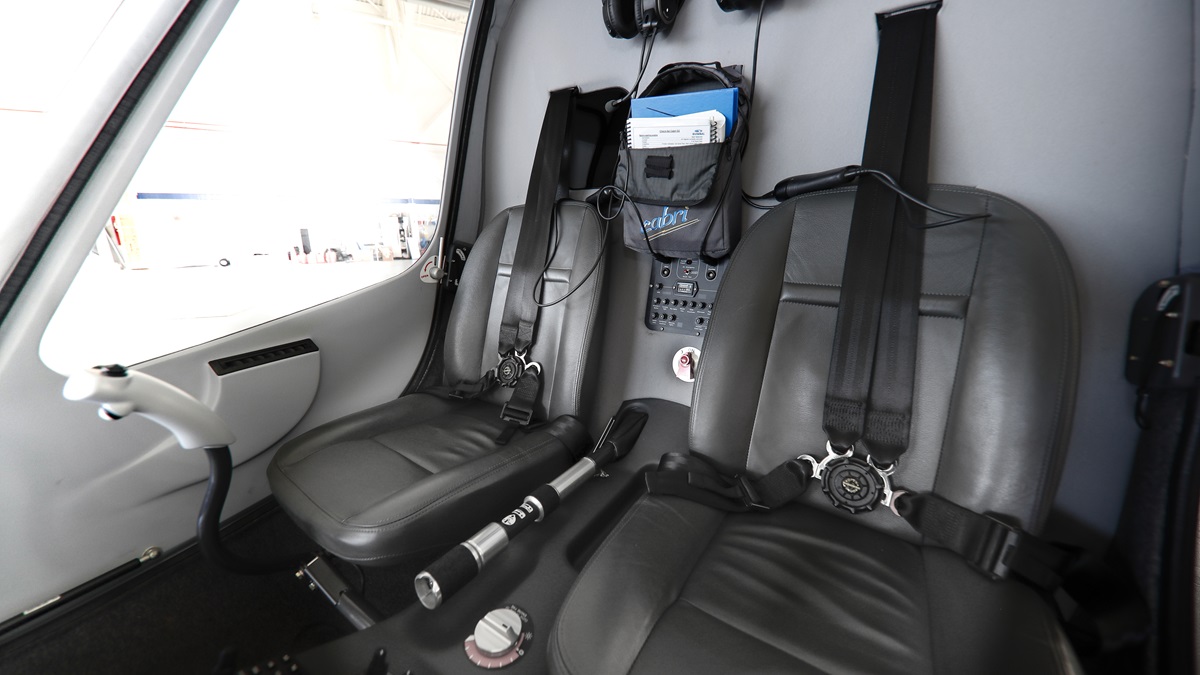Sleeper hit
The best-seller you never heard of
Helicopter pilots and operators either appreciate the Robinson line of helicopters for their light weight, low acquisition cost, and great support, or they bemoan what they consider an unsafe rotor system, massive overhaul bills, and required specialized training. For decades, if you didn’t want an R22 for training, the options were an Enstrom F28, an older Sikorsky S300, an even older Hiller, or a really old Bell 47. The Enstroms, Hillers, and Bells aren’t as readily available on the used market, and while the Sikorskys are plentiful, the support is horrendous. The market was begging for a new trainer, and the Cabri answered the call in a big way.
Certified in the United States since 2015, the Cabri has been in production for nearly a decade and has tallied sales in the hundreds. The 2017 General Aviation Manufacturers Association sales report makes it clear: The Cabri is the best-selling two-seat helicopter in the world.
The ship looks like a mini Eurocopter (now Airbus Helicopters), which is no accident. It was designed by Bruno Guimbal, a former Eurocopter engineer who worked on the Dauphin and other models. Guimbal saw the need for a trainer and began work on the project while still at Eurocopter. The company helped with startup investment, then Guimbal went on his own when it came time for certification and production. The French company Hélicoptères Guimbal earned European type certification for the Cabri G2 in 2007.
The Cabri’s most apparent borrowed ideas from those earlier Eurocopter designs are the Fenestron tail rotor and three-blade, fully articulating, left-turning main rotor. Fenestron is the shrouded tail rotor common on Airbus helicopters. It helps protect ground personnel, reduces noise, and theoretically reduces the potential for damage to the tail rotor blades—which in the Cabri are made of plastic, a fact that makes you hope the certification flights were rigorous. The Fenestron also requires a large vertical stabilizer, which increases stability in cruise.
The fully articulating main rotor system turns “the wrong way,” meaning it spins to the left from the pilot’s perspective. If a pilot is taught to enter an autorotation by pulling aft on the cyclic and pushing right on the pedal, and takes only those actions by rote, this will present a problem. But the vast majority of pilots react to an outside yaw input: They straighten the nose as necessary after seeing the aircraft is uncoordinated.
This type of rotor system takes away the possibility of mast bumping, one of the primary reasons Robinson pilots have to undergo special training. The Cabri’s rotor inspires confidence that, regardless of what the pilot does, he won’t take the mast off with aggressive unloaded roll maneuvering. It also has a higher inertia than the R22’s rotor system, so autorotations are a much tamer affair.
There are downsides to a three-blade articulating main rotor, a risk of ground resonance chief among them. Search for “helicopter ground resonance” on YouTube and prepare to be sickened as helicopters shake themselves apart in seconds, scrapping millions of dollars’ worth of equipment. Ground resonance is an unpredictable problem with no great solution. Like an unbalanced load of towels in a washing machine, one blade gets out of sync, the helicopter dances on the skids, and in many cases a call to the insurance company is the only thing that will bring it back. There’s not much that can be done to design out ground resonance, but Guimbal has attempted to guard against it by placing a spongy mat between the fuselage and skids to dampen vibration.
Although Guimbal borrowed ideas from older Eurocopter designs, the Cabri is a modern machine, starting with the construction. The cockpit is made of strong, light carbon fiber. The fuel tanks are crash-resistant, and those rubber cushions soften touchdowns and increase slope limits. Although not the most consequential feature, one that gets everyone’s attention is the remote door lock and anti-theft system. Hit a button on the key fob and the doors lock with a loud thud and the beacon flashes. (Behold 1980’s automotive technology!) Even if someone were to jimmy the door open, the helicopter won’t start with the system engaged. Despite being a training helicopter, the Cabri has an external storage compartment behind the pilot seat that will easily fit a carry-on-size suitcase. A removable hat shelf is accessible from inside the cockpit.
Inside, the quality of construction is immediately evident. The doors close properly and securely. No more light shining through a closed door jam like slats on an old barn. The seats are on vertical rails for crashworthiness. The cockpit has a logical and organized flow. A small overhead panel includes items the pilot would never want to accidentally change in flight, including the ignition and mixture. Main panel switches go left to right in order of procedure flow, and all the instrumentation is digital. Mercifully, there are comforts such as cigarette lighters for charging and a small storage space between the seats.
The centerpiece of the panel is the Electronic Pilot Management (EPM), a single screen for nearly all aircraft functions, including fuel, engine management, warnings, and more. In case of an EPM failure, there is also a backup main rotor rpm warning light.
Fans of conventional controls will praise the individual cyclic controls with beeper trim for each seat. The right cyclic also includes a radio flip-flop, and both have push-to-talk buttons. The collective includes controls for the electronic governor, which is tied to engine rpm. Anti-torque pedals are adjustable, and all controls can be removed from the left side.
Beam me up
We saved the trip to France and instead connected with Monumental Helicopters in Fort Meade, Maryland, for an introduction to the Cabri. Monumental is a flight training, charter, and tour operator run by U.S. Army helicopter pilot Seth Clute. The company has primarily operated R22s and R44s, but Clute knew the Cabri offered something new to the training fleet that his Robinsons were lacking.
The Cabri is impressive from the start. Ground handling wheels are a big deal to helicopter pilots, and the Cabri comes with an incredible set that makes moving the machine very easy. Preflight is standard, and although closely cowled, the Lycoming O-360-J2A, drive system and belts are easily revealed with two big lower doors that swing open and stay that way, thanks to hydraulic struts. The ship sits low, so the main rotor blades, which have no life limit, are easy to inspect.
Startup and engine operation are a little bewildering at first to someone accustomed to the R22. The EPM goes through a series of self-checks, and pilot input is needed for a few additional. The auto carb heat system must be verified. Also, the engine has one magneto and one electronic plasma ignition. Checking each one independently shows the drastic performance difference. The drop in rpm with the plasma system operating is barely noticeable, while the magneto drop is significant. Most unusual for transitioning pilots is that the helicopter is flown more like a turbine, with percent power as the main driver of collective position. The large arc on the left of the EPM shows percent power, while the right arc shows both rotor and engine rpm. Ultimately, percent power is a much easier measure to use, but it does take some getting used to.
Clute ran though the procedures on our demo flight, picked up from the ramp, and handed over the controls. Almost immediately, things went south. Although I can hold an R22 or an R44 in a stable hover just fine, the Cabri felt like déjà vu from helicopter lesson one. Clute had to intervene at one point as I struggled to keep the Cabri somewhere—anywhere—on the ramp.
I’ll take some of the blame for the poor performance. I am one of those Robinson natives, so most of my experience is with touchy, highly responsive controls. But I’ve had experience in Enstroms and a Bell Jet Ranger with better results. Other pilots who have experienced the Cabri have similar reports, some of which can be attributed to the way the controls are designed. A Robinson’s swash plate operates on bearings, leaving the controls feeling like a simulator joystick without force feedback. According to Clute, the Cabri uses Teflon tape to guide the swashplate up and down the mast, which requires a lot more force to operate the cyclic and collective. That increased control pressure means overcontrolling is easy to do.
Combine that with a Fenestron tail rotor, a system known to require more pedal travel than an unshrouded rotor. Pushing strongly toward the floor, it felt like an eternity until the Cabri decided to take notice and begrudgingly give in to my demands. Of course, Clute clued me in to all this before we flew, but it didn’t matter. I was lousy.
The other side to the control issue is that autorotations from both a hover and at altitude are more civil in the Cabri than a Robinson, which implies that a successful landing is easier in the case of a real emergency as well.
Clute further rubbed in my performance flaws when he took over to show me the maneuverability of the Cabri. We screamed down the airport, Clute pulled up at the end of the runway, airspeed bled off, and he pedal-turned as the nose hunted for the ground. This ag turn would be suicide in a Robinson (at least it would feel that way), but the Cabri handled it well. Clute then dropped into a confined clearing and showed the maximum performance capabilities. Until recently the Cabri struggled with maximum performance takeoffs. Heavier than an R22 with only a few more horsepower, lack of power was a major complaint from operators. But approval has come to use the engine’s full 160 horsepower for five minutes, a change that Clute says brings major improvements in performance.
Monumental’s instructors transitioned to the Cabri in just a few hours, and Clute said most pilots seems to take about five hours to get comfortable. He doesn’t see the Cabri as inherently harder to fly, which is attributable in part to his experience with students starting from zero. According to Clute, on average students are soloing the Cabri faster than the R22, and total flight time to a checkride seems to be lower as well.
Every new aircraft goes through growing pains, but Clute says his ship has only given him fits with electronic sensors. Clute says otherwise the Cabri has been a welcome addition to his fleet.
The market agrees.
Email [email protected]
